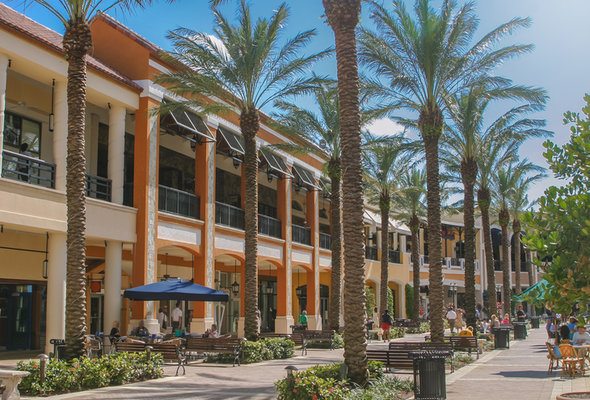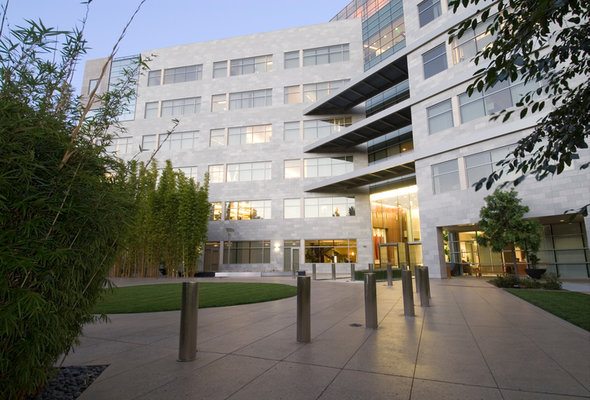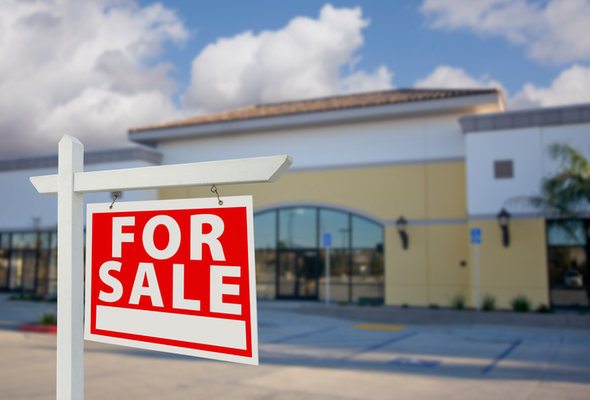
A commercial real estate loan, also known as a business mortgage, is a loan for property used for commercial purposes. The collateral for the mortgage can partially be the building itself, whether that’s an office, retail space, apartment building, warehouse or other development. As you take a closer look at what commercial real estate loans are, how they work and what types you can get, you might also consider finding a financial advisor who can provide you with hands-on guidance throughout the process.
How a Commercial Real Estate Loan Works
If you’re a small business owner, the chances are high that you’re leasing the commercial space that houses your retail business or the warehouse where you keep your goods. However, some people (and companies) choose to buy commercial space instead of leasing. And unless they have enough money to pay cash for the property, they will probably seek out a commercial real estate loan.
Home mortgages generally require a down payment of at least 20% if the buyer wants to avoid paying private mortgage insurance. But some loans, particularly VA and FHA loans allow for single-digit down payments or even a 0% down payment. Commercial mortgages, on the other hand, can come with down payment requirements as high as 35%.
A real estate developer, trust or corporation can apply for a commercial mortgage to secure financing for a commercial property. Often, the entity that takes out the commercial mortgage will then rent the commercial property to tenants and generate a profit.
Commercial Real Estate Loan Acquisition Process

Wondering how you could gather enough money to cover a commercial loan with a loan-to-value ratio of 65%? The answer is that you would have to come up with a lot of cash. That’s why capital-rich developers and investors are often the ones who own commercial mortgages.
When you’re making a case for why you deserve a commercial real estate loan, it will help to know your estimated “net operating income” (NOI) for the property. This is just your revenue minus your expenses on the property. These expenses can be for things like maintenance and staff.
You want your annual NOI to exceed your annual commercial real estate loan payments. If it does, you’re in hot water. Lenders want to see that your NOI will exceed your annual mortgage payments by a healthy margin. That way, you won’t run into cash flow problems that could lead you to miss a loan payment or even default.
Commercial Real Estate Loan Varieties
There is an assortment of ways for business people to borrow money for commercial property. Here are five of the most common ways:
Permanent Loans
A permanent loan is the first mortgage on a newly built commercial property. The funds disbursed via these loans are typically used to help pay back a construction loan. They have been known to aid with refinancing as well, though.
Although the title of “permanent” would have you believe these mortgages last forever, they usually hold amortization terms of 20 or 25 years. Banks tend to be the premier lender for these loans, but credit unions and life insurance companies offer them too.
Small Business Administration (SBA) Loans
The Small Business Administration, or SBA, guarantees, at least partially, loans from SBA-approved lenders. The SBA will usually back anywhere up to 85% of the loan’s value. SBA loans provide many benefits to business owners, like low down payments, solid interest rates and reasonable qualification requirements.
Not all SBA loans will call for a down payment. However, the norm is 10% to 20%, so you may need to muster up some cash. In some cases, you can also take advantage of small business grants.
Perhaps the most common SBA mortgage is the 7(a) Loan. This can fund any stage of the commercial real estate process, from land purchase to construction to renovation. 7(a) loans can range as high as $5 million in size. Interest rates are usually either fixed or variable, though you may receive some combination of the two.
Bridge Loans
A bridge loan is a short-term loan that’s used to cover a company’s immediate cash flow needs while the property owner either secures long-term financing, meets an existing financial obligation or sells the property. For these reasons, one- or two-year terms almost always accompany bridge loans.
If you take out a bridge loan, chances are you’ll receive a high interest rate. On top of this, you may also need to put up some collateral, such as the real estate itself. Furthermore, bridge loans are usually only granted to those with strong credit and a low debt-to-income ratio.
Hard Money Loans
It can be tough for some business owners to secure a real estate mortgage. Hard money loans allow these individuals to take out a loan backed simply by the value of the property. While this offers less stringent credit requirements, hard money lenders often lend only around 70% of the collateralized property’s value.
Hard money loans are inherently risky, as you’re putting your commercial property up as collateral. That means that if you default, the lender could decide to seize your property. This risk might be too much to bear, especially for companies where money is still tight.
Commercial Construction Loans
If building or renovating your own commercial property is on the docket, but you don’t qualify for an SBA loan, a commercial construction loan might be your solution. The funds you get from these loans aren’t reserved solely for building materials. You can actually pay for a labor force with them as well.
However, commercial construction loans operate differently than traditional commercial mortgages. Rather than receive the full amount of your loan upfront, you’ll have to draw funds from the loan as you need them. This is commonly referred to as a “draw schedule.” As you progress through the various milestones in the construction process, the lender will send out an inspector to ensure things are complete. If so, only then will you receive the next payment.
Commercial Real Estate Loan Payment

If it sounds like lenders for commercial loans are taking on a decent amount of risk it’s because they are. What if you can’t find a tenant for your commercial real estate space? What if you have to lower rents? Or what if your maintenance expenses are higher than you predicted? There are several factors that can lead a business to default on a commercial mortgage.
This risk factor, along with the sums of money being so large in commercial real estate, lenders generally charge higher interest rates for commercial real estate loans than they charge for residential mortgages.
Moreover, lenders might not be willing to wait the 30-year standard that residential mortgages adhere to. It’s common for commercial real estate loans to be balloon mortgages, which start with a period of regular interest payments and end with a lump-sum payoff.
Bottom Line
Investors who can successfully navigate the commercial real estate loan process stand to turn a hefty profit in exchange for the capital they put down. Like other borrowers, those seeking a commercial real estate loan must have solid credit and enough income to cover monthly mortgage payments. If they lack these credentials, they’ll have a hard time financing a commercial real estate deal.
Learning More About Mortgages
- It can be difficult to understand commercial real estate loans. If you want some help, perhaps speaking with a financial advisor could be beneficial. Finding a qualified financial advisor doesn’t have to be hard. SmartAsset’s free tool matches you with up to three financial advisors who serve your area, and you can interview your advisor matches at no cost to decide which one is right for you. If you’re ready to find an advisor who can help you achieve your financial goals, get started now.
- Do you have a rough estimate as to how much the property you’re looking to buy will cost? If so, the mortgage calculator from SmartAsset can help you decipher about how much your loan will cost on a monthly basis. Through this tool, you can integrate a bunch of other factors, such as an interest rate, down payment, loan type, taxes and more.
Photo credit: ©iStock.com/MasaoTaira, ©iStock.com/EscoLux, ©iStock.com/Feverpitched